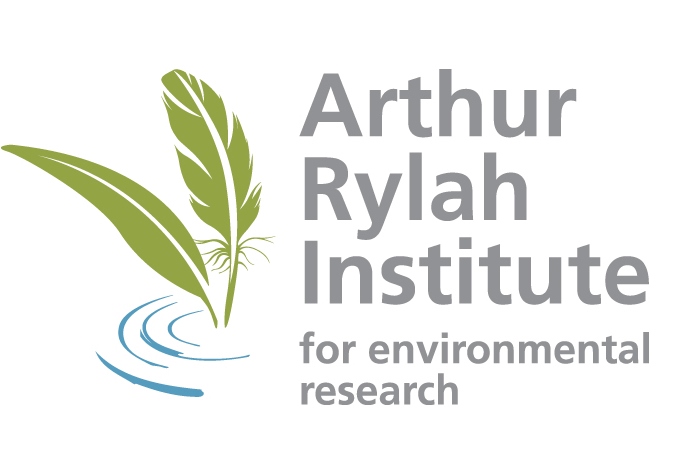Future Drought Fund
Boosting drought resilience in the Lower Loddon Landscape: If you look after nature, nature can look after you
The Wetland Revival Trust is working on the project “Boosting Drought Resilience in the Lower Loddon Landscape” to restore wetlands on private land along the lower Loddon River floodplain.
This project received funding from the Australian Government’s Future Drought Fund, through the Drought Resilient Soils and Landscapes grants program.
The wetlands are being restored as a means of increasing the drought resilience of farms. Ironically the start of the project was delayed by flooding of the Loddon River in October last year, which inundated all the project wetlands.
Many traditional European farming methods used in Australia damage the natural capital on which they rely to be sustainable, including soil, native vegetation, biodiversity and hydrology and create land degradation issues including erosion, increased soil salinity, decreased soil health, poor water quality and species extinction.
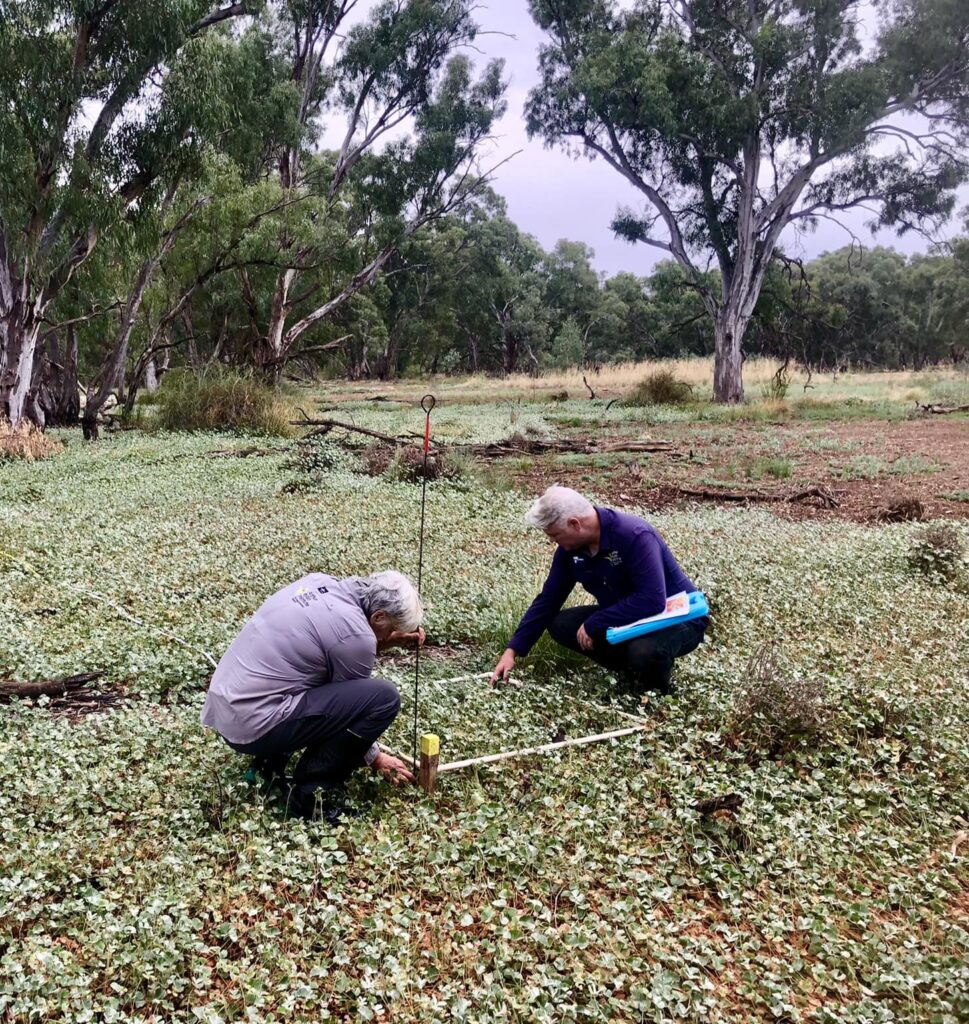
Project Activities
This project is trialing and monitor the impact of ecological restoration practices at a landscape scale that will restore and maintain natural capital by re-instating more natural hydrology, increasing soil carbon and moisture holding capacity, restoring native vegetation cover and health, and providing biodiversity refuges.
Working in partnership with local farmers, contractors and Traditional Owners the project is restoring 12 wetlands across the Loddon River Floodplain.
Activities have included site assessments, co-designing wetland restoration plans, earthworks and building infrastructure to allow the delivery of water, water delivery, seed collection and plant propagation, vegetation and soil carbon monitoring, revegetation and weed control.
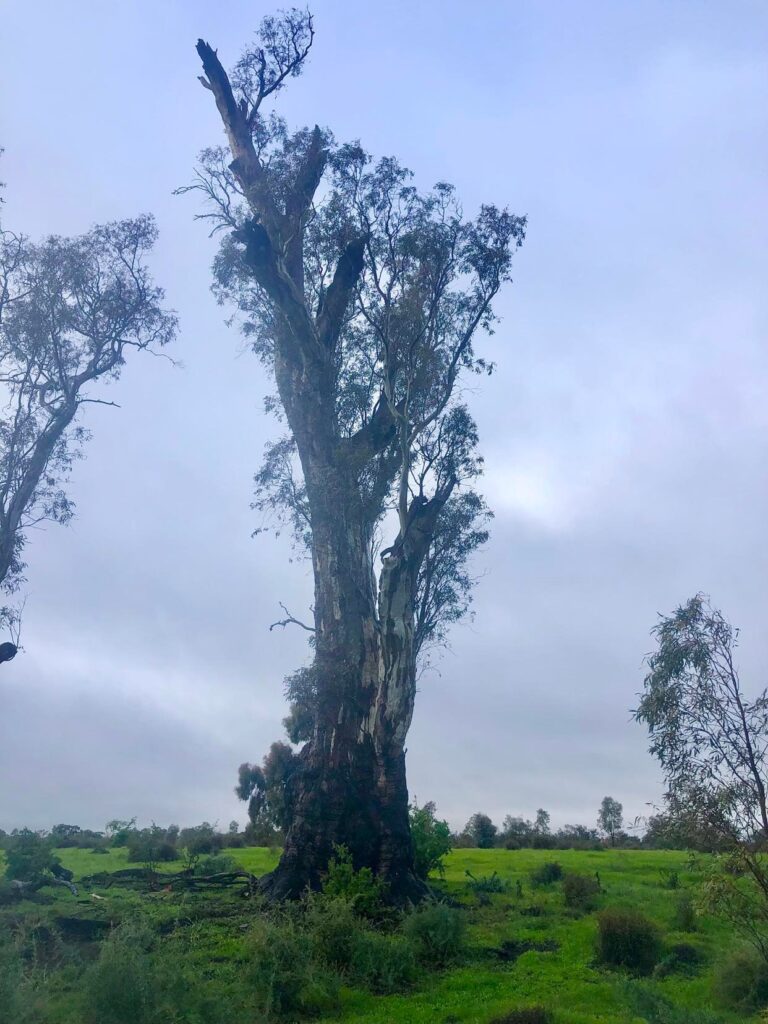
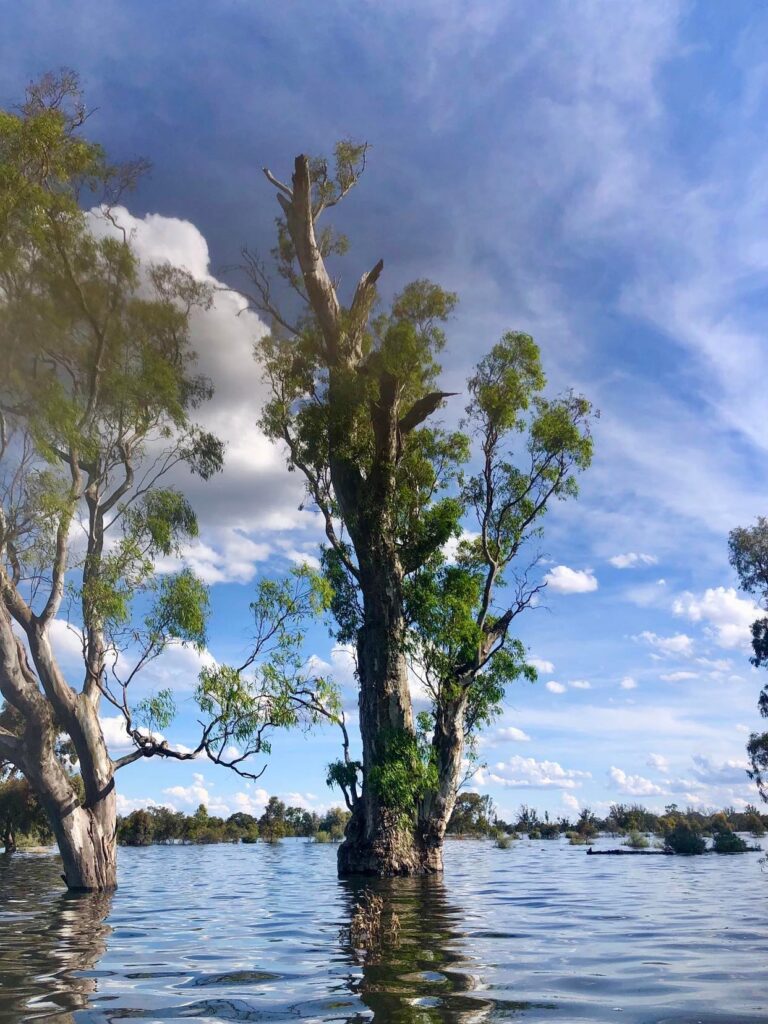
Restoration Techniques
Restoration techniques being implemented in this project include rewetting the landscape through the delivery of environmental water, re-establishing wetland vegetation through planting and direct seeding and the creating drought refuges. The restoration of these areas can improve ecosystem services, such as soil retention, water filtration, and carbon sequestration, which can lead to increased productivity and sustainability in agricultural systems.
Wetlands require a natural cycle of flooding and drying to maintain and restore their biodiversity values and productivity. This cycle is essential for the health of River Red Gum trees, for the growth and reproduction of ground-layer plants and for the survival of wetland animals such as frogs and water birds. However, human activities such as river regulation, the construction of banks, roads, and other earthworks have altered the landscape and reduced the frequency of flooding in many wetlands.
To address this, environmental water can be used to re-establish the flooding and drying cycles necessary for wetland vegetation to be re-established and grow vigorously which will improve habitat values for native wildlife. As part of a specific project, water delivery infrastructure will be constructed to facilitate the delivery of water into wetlands from existing irrigation channel systems. This will help to improve the habitat values of wetlands by allowing for the re-establishment of vegetation and supporting the growth of native wildlife. As part of this project water delivery infrastructure will be built to enable the delivery of water into wetlands from existing irrigation channel systems.
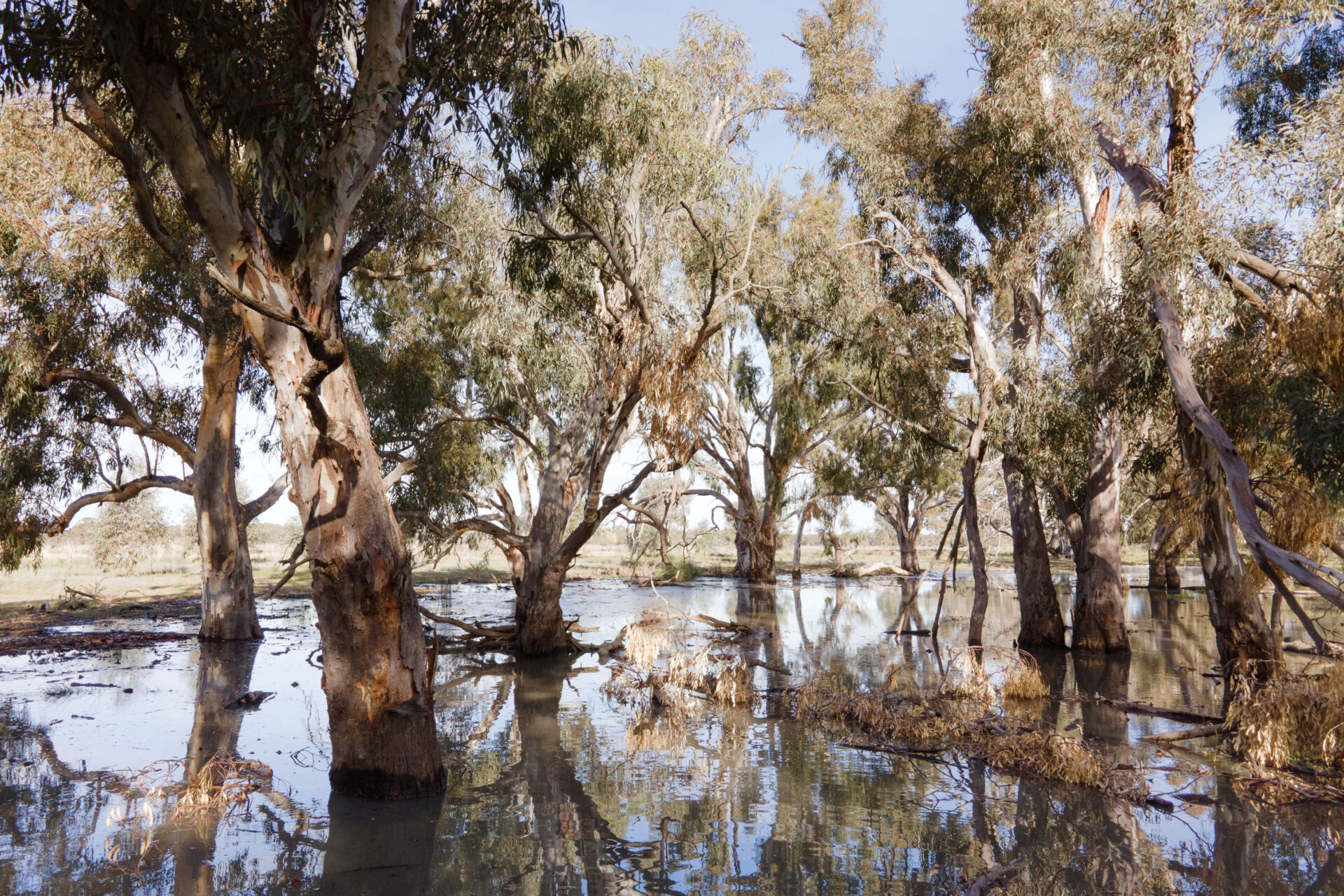
To restore wetland vegetation, this project will employ several techniques, including planting nursery-grown seedlings and direct seeding. It is crucial to establish a dense cover of indigenous wetland plants quickly, to prevent weed invasion, soil erosion, and to provide a habitat for native wetland animals. Additionally, establishing wetland plants helps to improve water quality and soil health.
All plants used in the restoration effort will be locally indigenous and selected based on their suitability to the environmental conditions of each wetland, such as water depth, bank gradient, and soil type. The goal is to re-establish the native wetland plant communities. To aid in this effort, local First Nations people have been involved in seed collection for the Future Drought Fund project and will be employed to conduct planting and direct seeding.
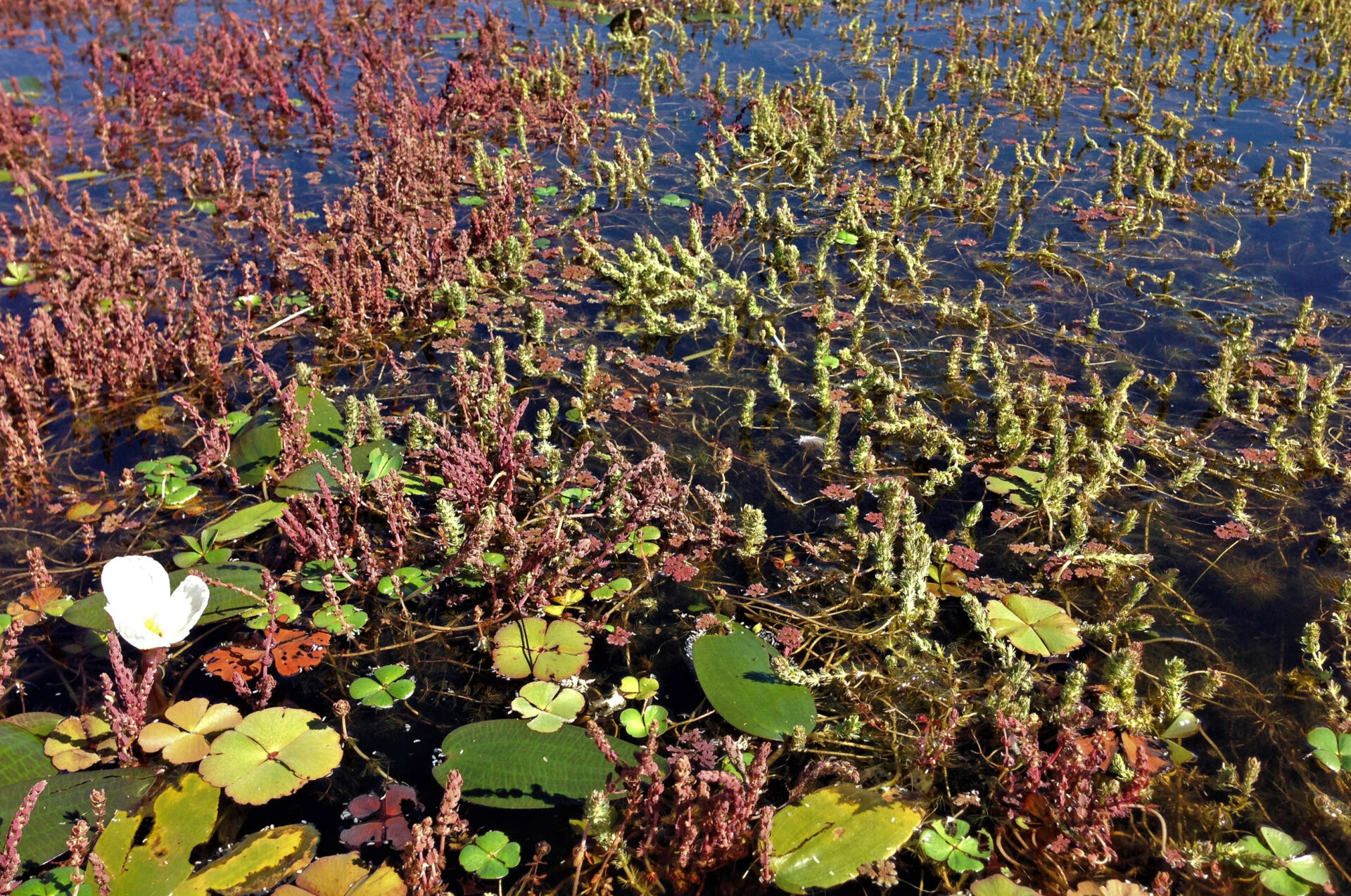
While many farm dams have little to no habitat value for native wildlife, they can still serve as a crucial source of water during droughts. However, by rewilding these dams, not only can they continue to provide water during dry spells, but they can also become a thriving ecosystem that supports a diverse range of common and threatened native wetland species throughout the year.
To rewild a farm dam, several steps can be taken:
- reshaping the shape/bathymetry to create sloped edges that can support the establishment of native vegetation cover.
- Increasing the density of indigenous plant cover to enhance the dam’s habitat value and provide shade, which in turn helps to reduce water temperature and evaporation.
- Fencing off farm dams from stock will protect the ecosystem as well as increase water quality and dramatically lowered methane emissions (Malerba, 2022).
- Removal of any pest species such as carp and mosquito fish to prevent them from damaging the ecosystem.
- Finally, once the habitat has been restored, introducing native fish can further enhance the dam’s biodiversity.
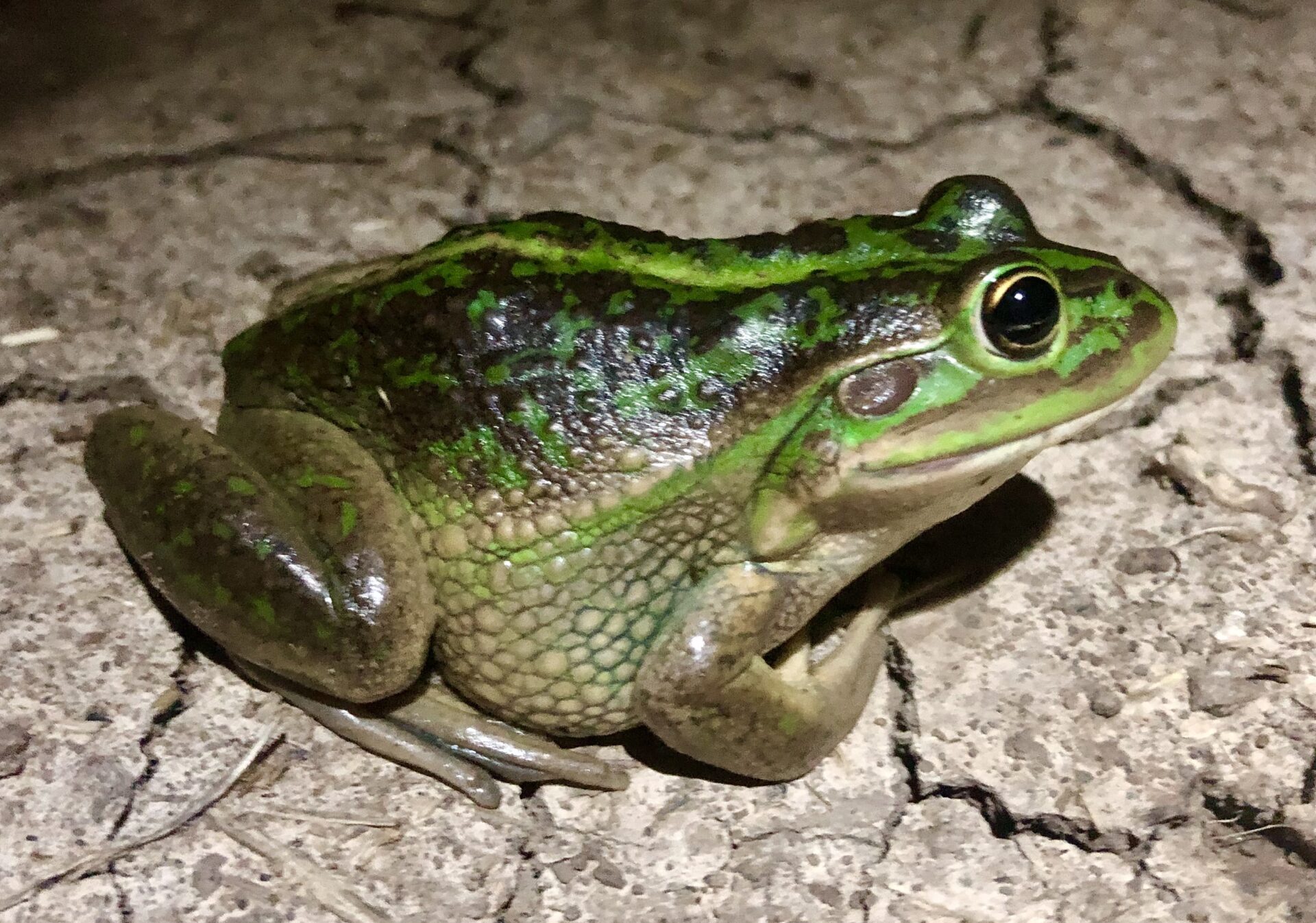
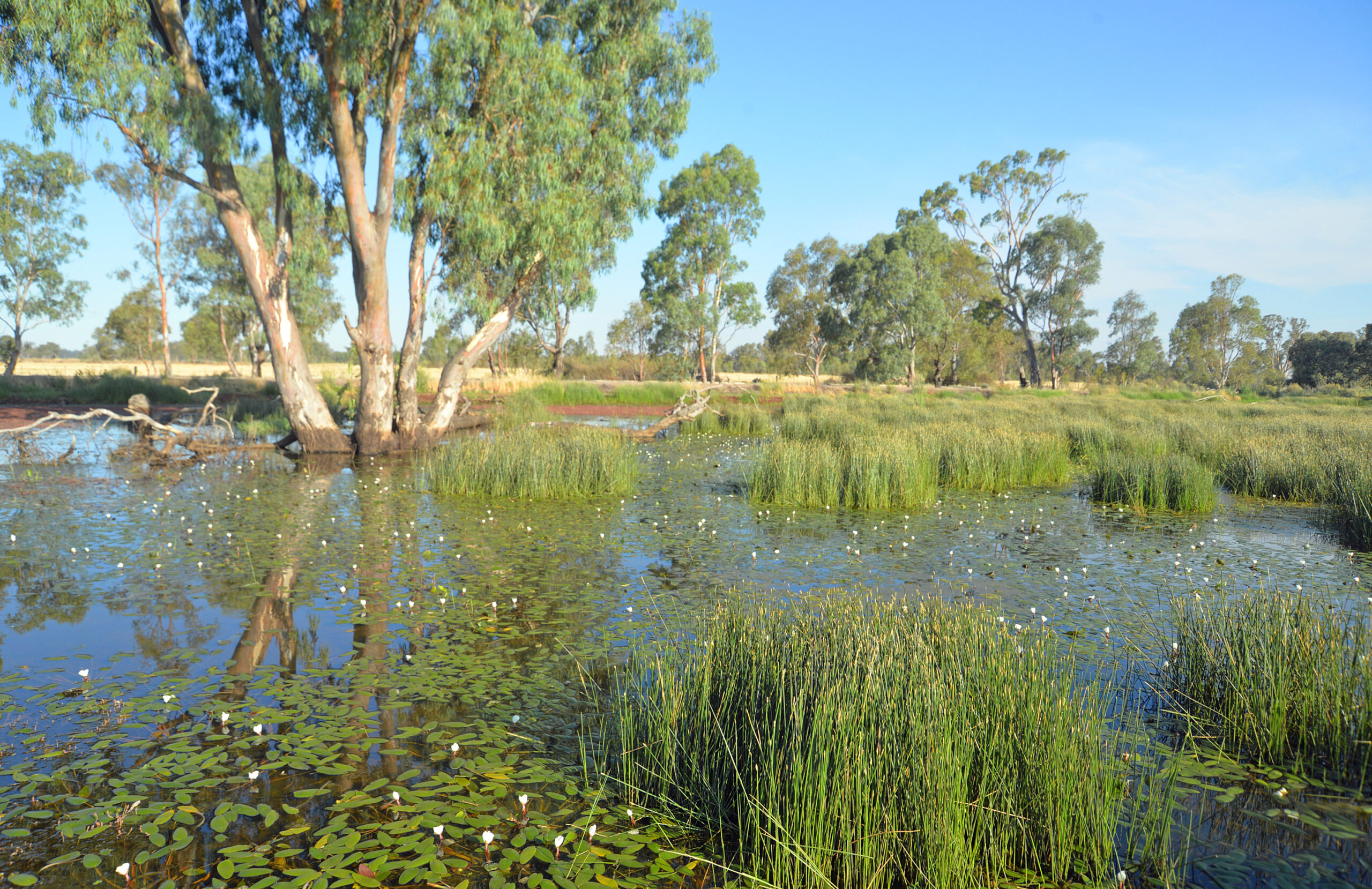
Project Updates
Interview | It’s just healthier: Restoring Wetlands for Drought Resilience
Bradley is a participating landholder the Wetland Revival Trust project “Boosting drought resilience in the Lower Loddon Landscape: If you look after nature, nature can look after you”.
Standing amongst a woodland of Black Boxes on his property in Yando, northern Victoria, in what was once the bottom of a Creek line, Bradley Haw talks to Elaine Bayes and Damien Cook about his journey to restore wetlands on his property.
Red Gum Wetland in Murrabit West
“If you look after nature, nature can look after you”
Jo Bear, Participant Farmer
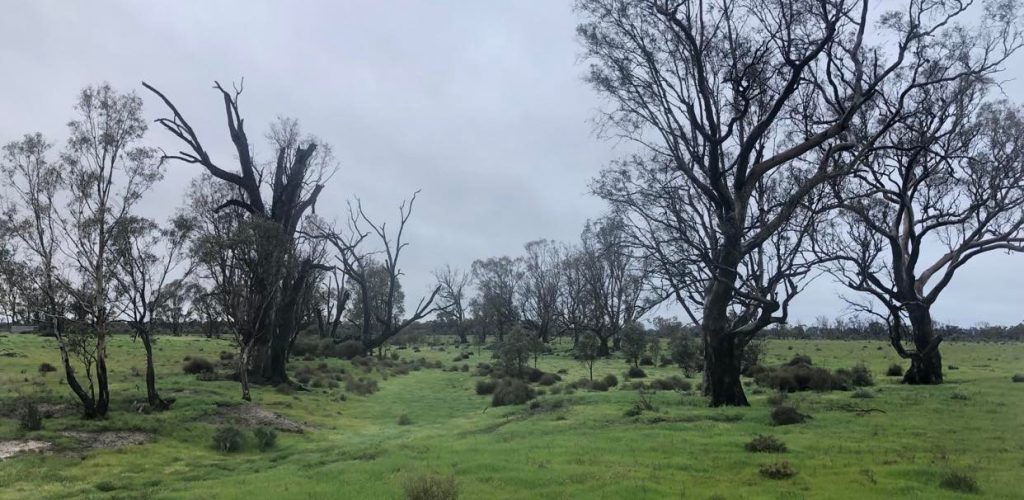
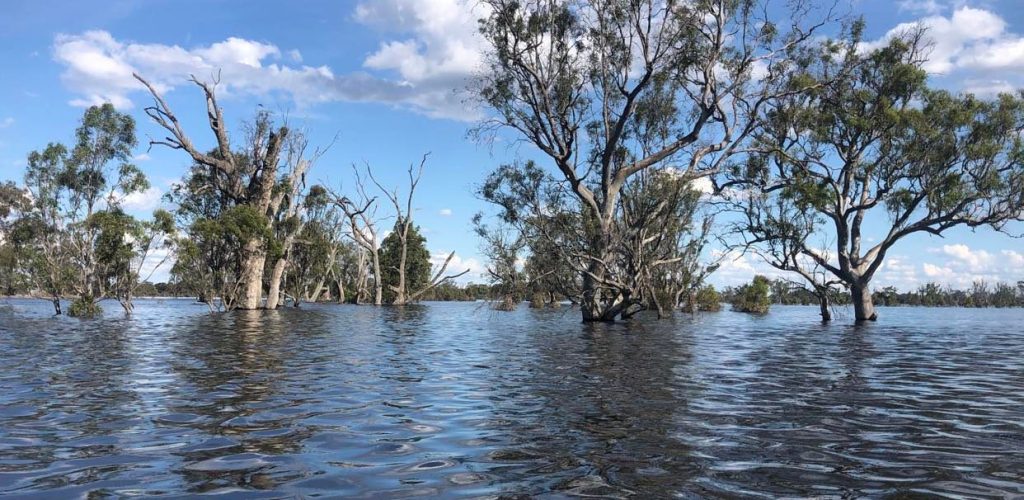
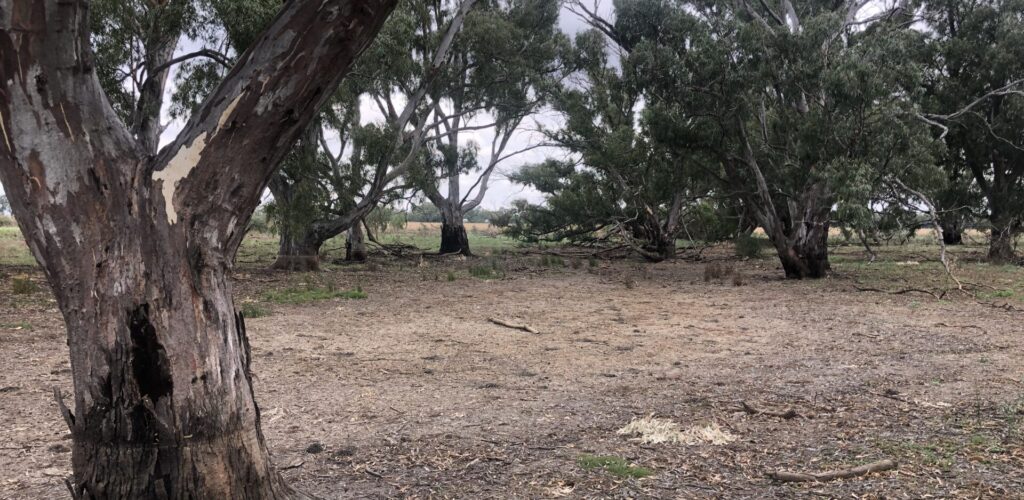
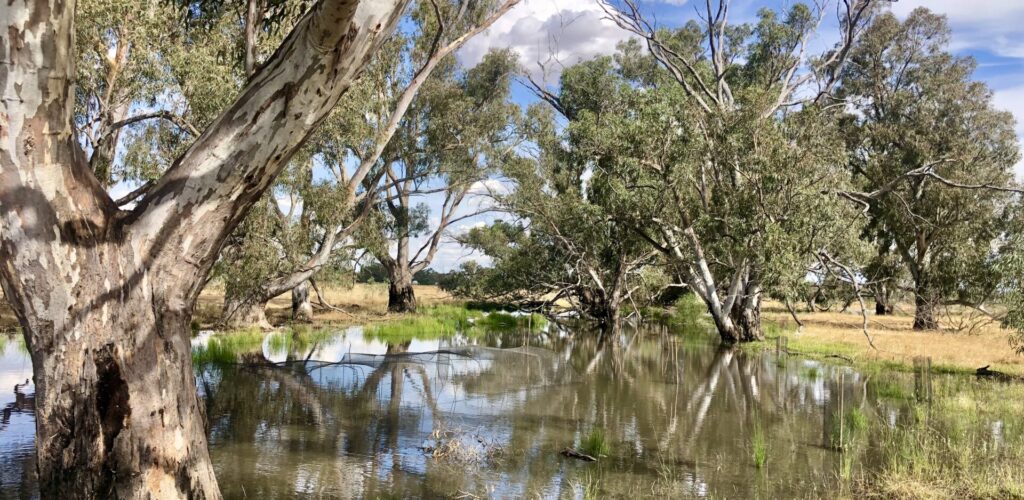
Below: Health of the Red Gums after delivery of water in May 2023
Project Partners
Our partners in this project include the farmers who have offered to help restore their wetlands, local Traditional Owners, Deakin University’s Blue Carbon Lab, the Arthur Rylah Institute for Environmental Research, Murray Darling Wetland Working Group and the North Central Catchment Management Authority.
Deakin University’s Blue Carbon Lab is conducting carbon monitoring. Blue Carbon Lab quantify the capacity wetlands to sequester carbon, as well as the drivers that can transform wetlands from carbon sinks to sources.
The Arthur Rylah Institute for Environmental Research (ARI) is conducting monitoring on the change in vegetation cover.


